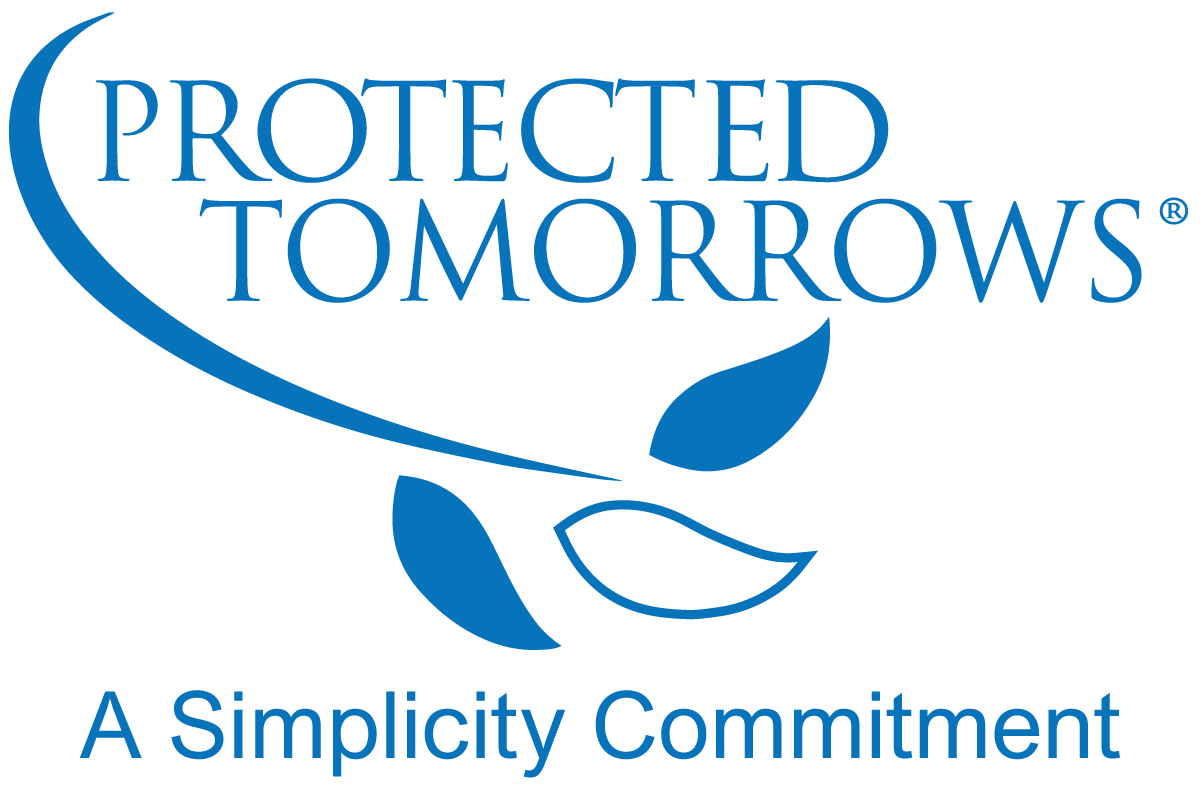Q: Our son was born with Down Syndrome. He is turning four next month and a friend of mine told me about an “inclusion” preschool being offered through our school district. What does a preschool “inclusion” program generally entail?
A: Inclusion is a term that is widely used in special education. Inclusion means that a child or person with a disability is placed in a typical setting with same-age peers, rather than being pulled out or separated for special programs. Related services, such as physical and occupational therapy are still available as part of inclusive programs and may even be integrated into the program. Instruction by special education staff and an IEP are all still in place.
Preschool inclusion programs typically follow one of two models. In the first model, typically developing children are enrolled in the school district’s preschool programs for children with disabilities. These typically developing peers participate in the same programming as the child with disabilities and there may even be a regular preschool teacher that co-teaches with the special education preschool staff. In the other model, children with special needs are enrolled in community preschools that would normally only enroll typically developing children. This model allows for all children to be in the least restrictive environment and in a natural setting. Professionals work together to support all children. The special education teacher may co-teach at the community preschool, or she may just visit several times a week to help the preschool teacher support special needs students. Speech, OT, and PT will also consult with the preschool teacher and will typically see the child for therapy at the preschool site. This allows for the generalization of skills. In addition, the preschool staff should receive training in disability awareness, as well as in specialized teaching and behavioral methods in order to support students included in her class.
 search
search 

